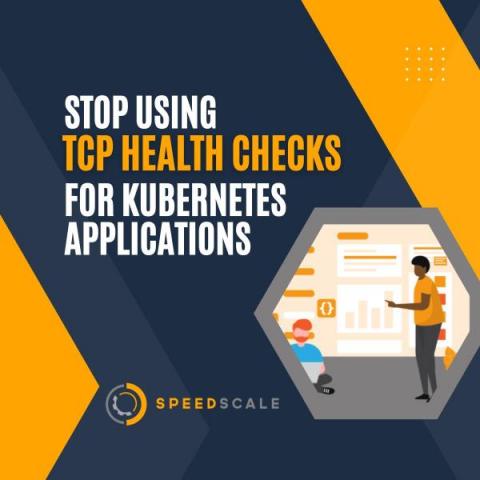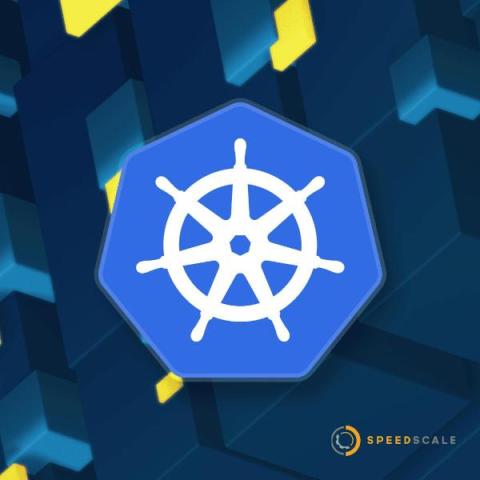The Five Pillars of Customer Identity and Access Management #WordsUnplugged
Customer Identity and Access Management (CIAM), a subgenre of IAM, enables organizations to scale and ensure secure, seamless digital experiences for their customers, while collecting and managing customer identity data purposefully. Powerful CIAM solutions provide a variety of key features including customer registration, social logins, account verification, self-service account management, consent and preference management, single sign-on (SSO), multi-factor authentication (MFA), and adaptive authentication as well as other nice-to-have features.











